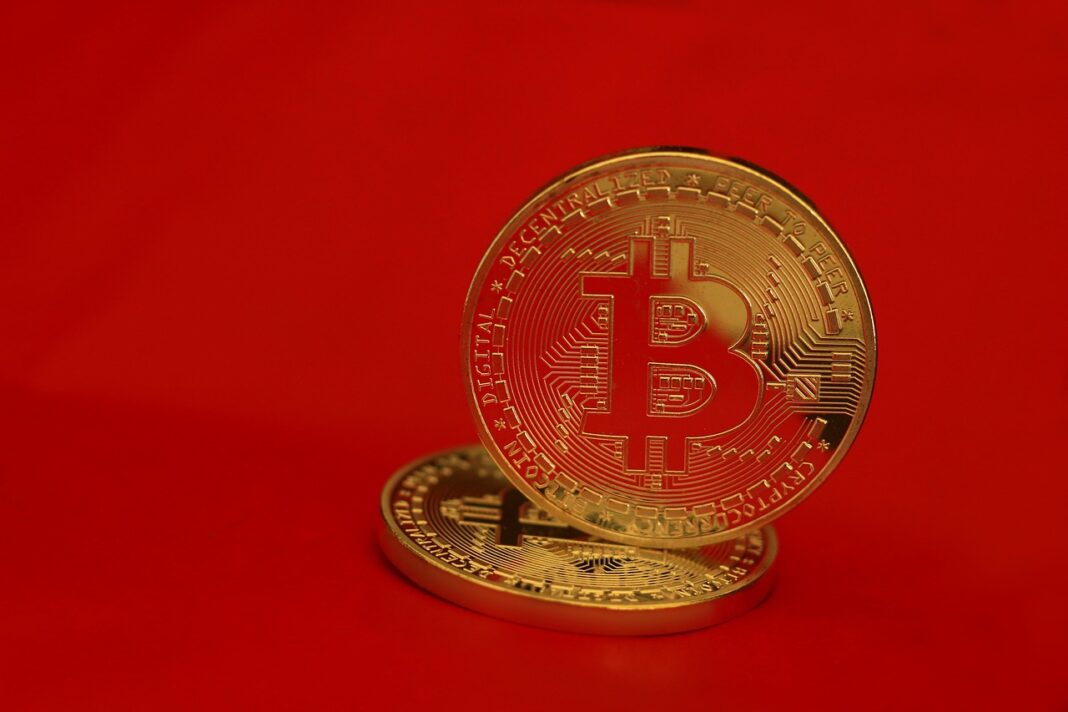Tokenomics, the study of a cryptocurrency’s economic model, has evolved rapidly alongside the blockchain landscape. Understanding the latest tokenomics trends is crucial for anyone investing in, launching, or developing blockchain projects. A well-designed tokenomic model can foster network growth, incentivize participation, and create a sustainable ecosystem, while a poorly designed one can lead to inflation, speculation, and ultimately, project failure. Let’s delve into the exciting new developments and key trends shaping the future of tokenomics.
Decentralized Autonomous Organizations (DAOs) and Tokenomics
The Role of Governance Tokens
DAOs are revolutionizing how organizations are managed, and tokenomics plays a central role in their governance. Governance tokens empower holders to propose and vote on crucial decisions concerning the DAO’s direction, treasury management, and future development.
- Example: MakerDAO’s MKR token allows holders to govern the Maker protocol, including adjusting stability fees, managing collateral types, and more. This empowers the community to shape the stability and development of the DAI stablecoin.
- Benefit: Decentralized decision-making ensures a more democratic and community-driven approach.
Token Incentives for DAO Participation
DAOs are increasingly employing sophisticated token incentives to encourage active participation and contributions from their members. This goes beyond simple voting rights and extends to rewarding active participation in discussions, contributing code, and completing tasks.
- Example: Some DAOs utilize a “reputation” system alongside governance tokens. Active members earn reputation points, granting them increased voting power or access to exclusive DAO benefits.
- Trend: We are seeing an increase in quadratic voting mechanisms, which make it more expensive for large token holders to sway votes disproportionately, promoting fairer governance.
- Practical Tip: When analyzing a DAO’s tokenomics, evaluate not just the distribution of tokens, but also the mechanisms in place to incentivize and reward active participation.
Staking and Yield Farming Evolution
Beyond Simple Staking: Liquid Staking Derivatives
Traditional staking often locks up tokens, preventing them from being used elsewhere. Liquid staking derivatives offer a solution by providing a token representing the staked assets that can be traded and utilized in DeFi protocols.
- Example: Lido Finance allows users to stake ETH and receive stETH, a token representing their staked ETH. stETH can then be used as collateral in lending protocols or traded on exchanges.
- Benefit: Liquid staking unlocks capital efficiency and allows users to participate in staking rewards without sacrificing liquidity.
Sustainable Yield Farming Models
Early yield farming models often relied on unsustainable inflation rates to attract liquidity, leading to “farming and dumping” scenarios. Projects are now exploring more sustainable models focused on long-term growth.
- Trend: Moving towards “real yield” protocols that generate yield from actual protocol revenue, rather than token emissions.
- Example: Protocols that share a portion of their trading fees or protocol revenue with token holders, providing a more sustainable source of yield.
- Actionable Takeaway: Look for projects that prioritize real yield and long-term sustainability over short-term gains through high inflation rates.
Burn Mechanisms and Deflationary Tokenomics
The Impact of Token Burns
Burning tokens permanently removes them from circulation, reducing the total supply and potentially increasing the value of the remaining tokens.
- Example: Binance periodically burns BNB tokens based on its quarterly profits.
- Benefit: Deflationary mechanisms can incentivize holding and potentially increase token value over time.
- Statistic: According to CoinMarketCap, numerous tokens implement burn mechanisms, often tied to transaction fees or network activity.
Combining Burns with Other Tokenomics Elements
The most effective burn mechanisms are often combined with other tokenomics features to create a virtuous cycle.
- Example: Some projects allocate a portion of transaction fees to both a burn mechanism and a treasury for future development. This ensures both deflationary pressure and continued project growth.
- Trend: Algorithmic burn mechanisms that adjust based on network activity or token price to maintain a target supply level.
- Caution: Burn mechanisms alone are not a guarantee of success. The underlying utility and adoption of the token are crucial factors.
Token Utility and Integration
Expanding Token Utility Beyond Governance
A token’s utility extends beyond governance rights. Integrating the token into various aspects of the project’s ecosystem is vital for driving demand and creating a sustainable token economy.
- Example: Using a token for paying transaction fees, accessing premium features, or participating in exclusive events.
- Benefit: Increased utility drives demand and strengthens the value proposition of the token.
Integration with DeFi and the Metaverse
Tokens are increasingly being integrated with DeFi protocols and the metaverse, creating new avenues for utility and adoption.
- Example: Using tokens as collateral for loans, trading them on decentralized exchanges, or using them to purchase virtual assets in the metaverse.
- Trend: The rise of “utility NFTs” that provide access to exclusive experiences, content, or services within the metaverse, often powered by specific tokens.
- Practical Tip: Evaluate how a token is integrated into the broader ecosystem and whether its utility is truly valuable and sustainable.
Conclusion
The world of tokenomics is dynamic, requiring continuous adaptation and innovation. From DAOs leveraging governance tokens to sustainable yield farming models and deflationary burn mechanisms, the trends discussed above represent a significant evolution in how blockchain projects are designed and managed. By understanding these trends and analyzing the tokenomics of different projects, investors, developers, and participants can navigate the blockchain landscape more effectively and identify projects with the potential for long-term success. Remember to prioritize projects with sustainable models, genuine utility, and strong community engagement.




